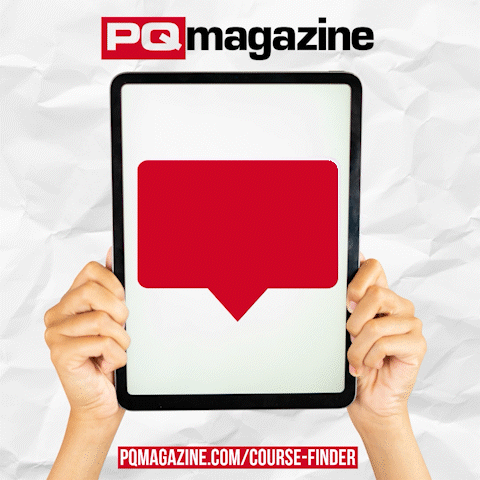January 2023
Mark Foley explains how you can best manage your time during an exam.
You know that passing an exam comes from answering all questions effectively.
Achieving that means calmly and efficiently allocating the correct amount of time to spend on each question. To do this correctly it’s worth mastering some simple time management techniques to use specifically in an exam situation.
Firstly, you’ll want to become familiar with the structure and format of the exam you’ll be taking.
The CGMA syllabus includes three levels — Operational Level, Management Level and Strategic Level. To complete all levels, you must pass 12 exams: nine objective tests and three case study exams.
Objective tests are 90 minutes long, with 60 questions to answer; the tests are computer-based and can be taken online or at one of the 5,000 Pearson VUE assessment centres.
Case Study exams are three hours long and available in four windows throughout the year.
They are also computer-based and taken online or at one of the Pearson VUE assessment centres. You can use an online question tutorial to become familiar with the exam structure and format.
Secondly, you’ll want to plan how to manage your time during the exam.
Make sure you really understand the questions
Case Study exams
Taking a timed Case Study exam might tempt you to start writing a detailed answer immediately, but fully understanding the question and planning your answer with care is a wiser strategy.
Each exam starts with a table – which you can review at any time during the exam – that presents the number of:
• Sections, including the time allotted for each section.
• Sub-tasks, including the time allotted to spend on each sub-task within the section.
For example, the Strategic Level Case Study exam has three sections, with one hour allotted for each.
The first section includes two sub-tasks, and the first sub-task will only require 40% of the section’s time. That means that you’ll have 60% of your time on the second sub-task within section one. If you allow yourself five minutes reading and planning time, you’ll spend 22 minutes (40% of the remaining 55 mins) on the first sub-task and 33 minutes (60% of 55 mins) on the second.
Pro tip: Read and deconstruct the question very carefully. Make sure you understand all the tasks you are being asked to perform. Carefully and slowly re-read the question to double check you have correctly comprehended it in accordance with the job role (page 16 of the Examination Blueprint) you are expected to simulate at each exam level.
If you would like some additional advice on exam question strategies then visit the CGMA Study Hub. It has resources to help you prepare, including strategies for applying your knowledge efficiently to create a comprehensive answer.
Objective Test exams
For objective tests, we recommend a four-step approach to allow sufficient time to answer questions effectively:
• Step 1: Click on ‘Next’ to skip through the questions and identify and answer first, those questions you feel you can confidently answer quickly and correctly.
• Step 2: Use the ‘Review incomplete items’ function in the review screen. Identify questions that you’d prefer to have less time pressure in answering. Depending on the subject, this could get you up to another 20 to 30 questions in the next 30 to 40 minutes.
• Step 3: Use the ‘Review incomplete items’ function again to tackle the questions where you know that you must think in more detail.
Aim to spend three minutes maximum on each question.
• Step 4: Use any remaining time to review flagged questions. (Flag questions that you wish to review later in all the above three steps.)
Make sure you consider the options or calculations carefully.
Time management is a skill you can cultivate.
The way to do this is to perform timed mock exams to simulate real exam conditions. The more you practice, the better you will get.
Lastly, the CIMA Aptitude question bank simulates the actual exam, enabling you to assess your exam readiness. Good luck!
• Mark Foley, Director of Relationship Programmes – Management Accounting at the Association of International Certified Professional Accountants, representing AICPA & CIMA




